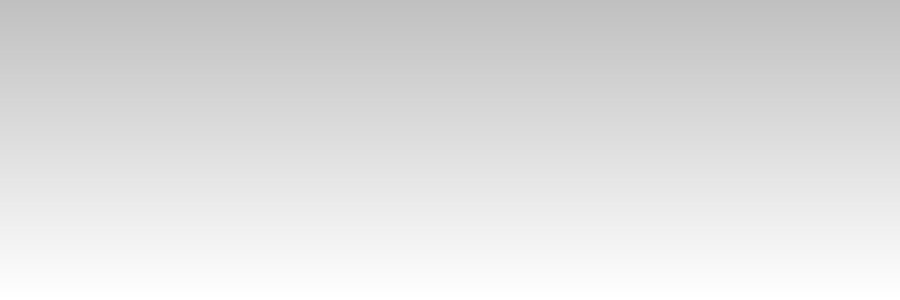
Dammon.com
Sunday, May 18, 2025
| Step 1 Design Inputs | |
| The first step in a successful project is agreeing on the design inputs. This can range from passing a simple sketch on scratch paper at one extreme to instrumentation and testing of an existing machine. The more complete and accurate the design inputs, the better the final design will be. We invite you to Fairfield or we will come to your location. Or this can even be handled by phone, FAX, email or other means of correspondence as long as we can reach an understanding on your desired results. |
|
| Step 2 Concept Design | |
|
During this stage gears and bearings are sized and rough calculations are made for structural components. Either a solid model or a 2-D section drawing is made for presentation to the design review group. A rough order of magnitude cost is generated and approximate lead time estimated. |
|
| Step 3 Design Review | |
| Following the conceptual design phase, the designers meet with the customer and manufacturing engineers to insure that they understood the requirement and have a solution that is most economically manufacturable. Usually there are two iterations through this phase to reach consensus but there is no limit. The job will be returned to design as many times as necessary to reach a solution satisfactory to all. |
|
| Step 4 Detail Design | |
| During this phase, all engineering calculations are reviewed and finalized. Structural FEM analysis is performed as required to optimize material and strength. Dimensional analysis is performed and all stack-ups recorded in the project book for future reference. Work up to this point is usually done using ProE or SolidWorks solid modelers. The final task in this phase in to produce 2D part prints. |
|
| Step 5 Final Design Review & Order Approval | |
| With the previous work completed, a final review meeting in convened and a last check made to insure that the project is ready to enter for manufacturing order. All design work is maintained in a project book. In addition, a full set of detail part prints, a section assembly print, a bill of material and first time assembly procedures are products of the process thus far completed. |
|
| Step 6 Manufacture Prototype | |
| Once an order is entered, the prints are submitted to Manufacturing Engineering for process planning which includes a production routing and inspection plan, durable and perishable tool design and determination of manufacturing sizes for the part. A shop print is drawn using the design print as a starting point. Material is ordered and the work scheduled in the shop. |
|
| Step 7 Test | |
| Some testing of the prototype is normally required to verify that the design inputs and outputs match. We offer dyno testing to 40 hp in our lab using eddy current loading for unidirectional testing or flywheel inertia loading for high cycle bi-directional operation. Various other structural static cycling stands are available for non-rotating tests. We also offer supervision and data collection of field tests on customer's machines. |
|
| Step 8 Production | |
| Our goal is production and once the design is complete and verified, Fairfield has facilities to produce components or assemblies in quantities from a few parts to thousands. Let us provide you with a solution. Contact Jim |
|
|
|